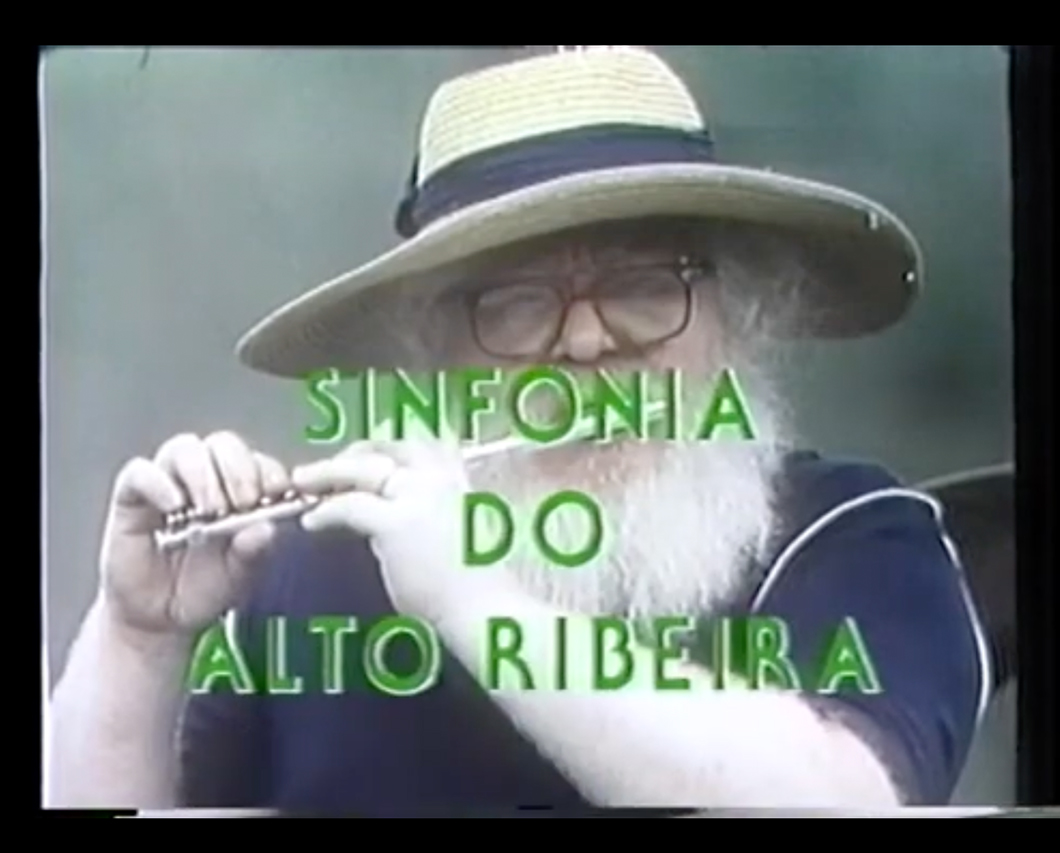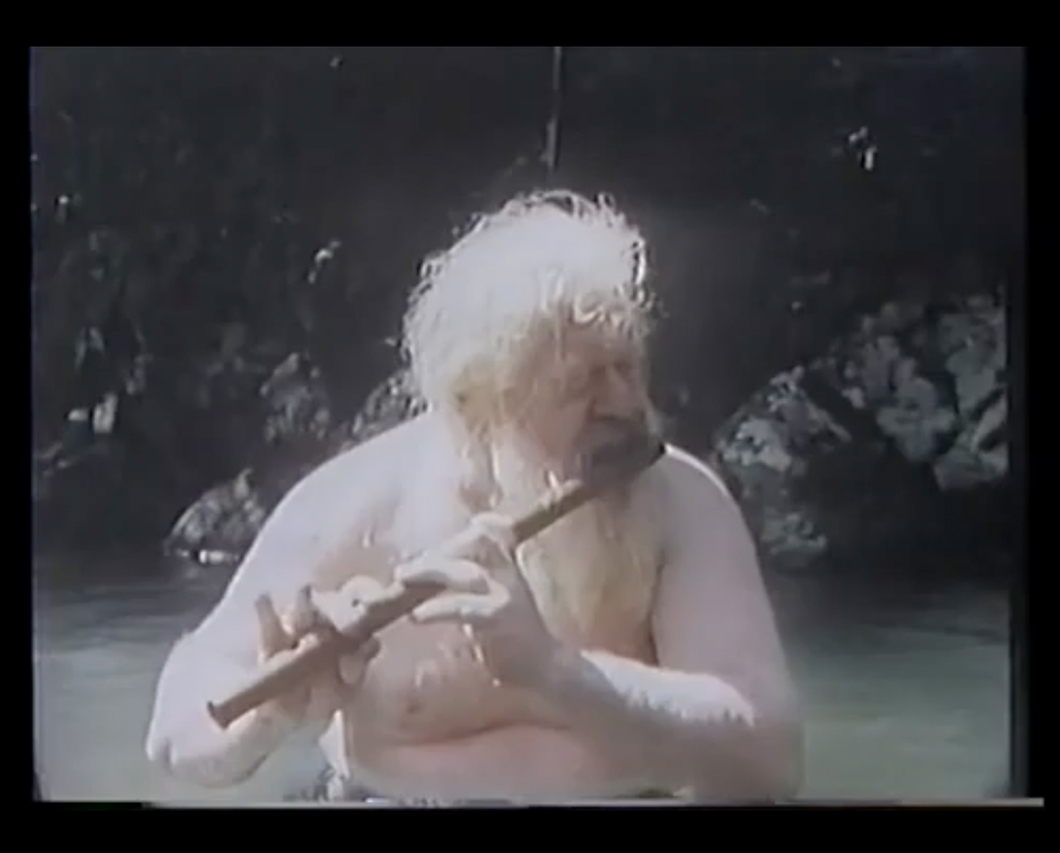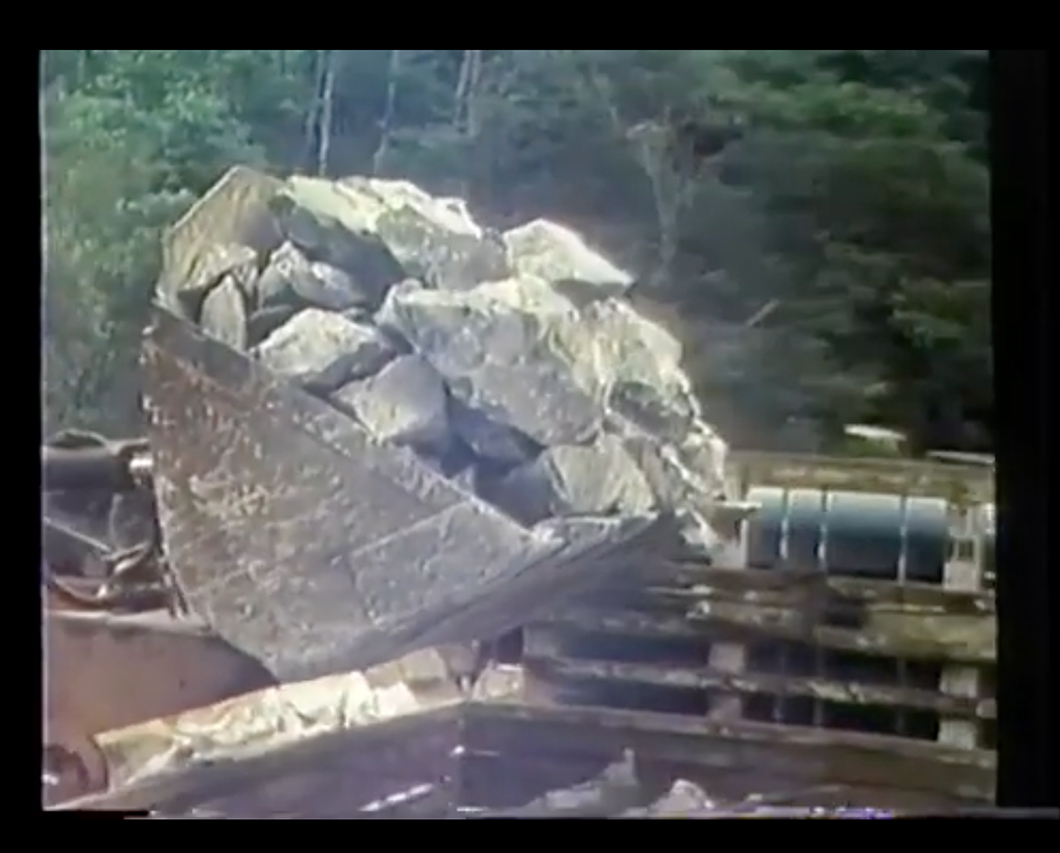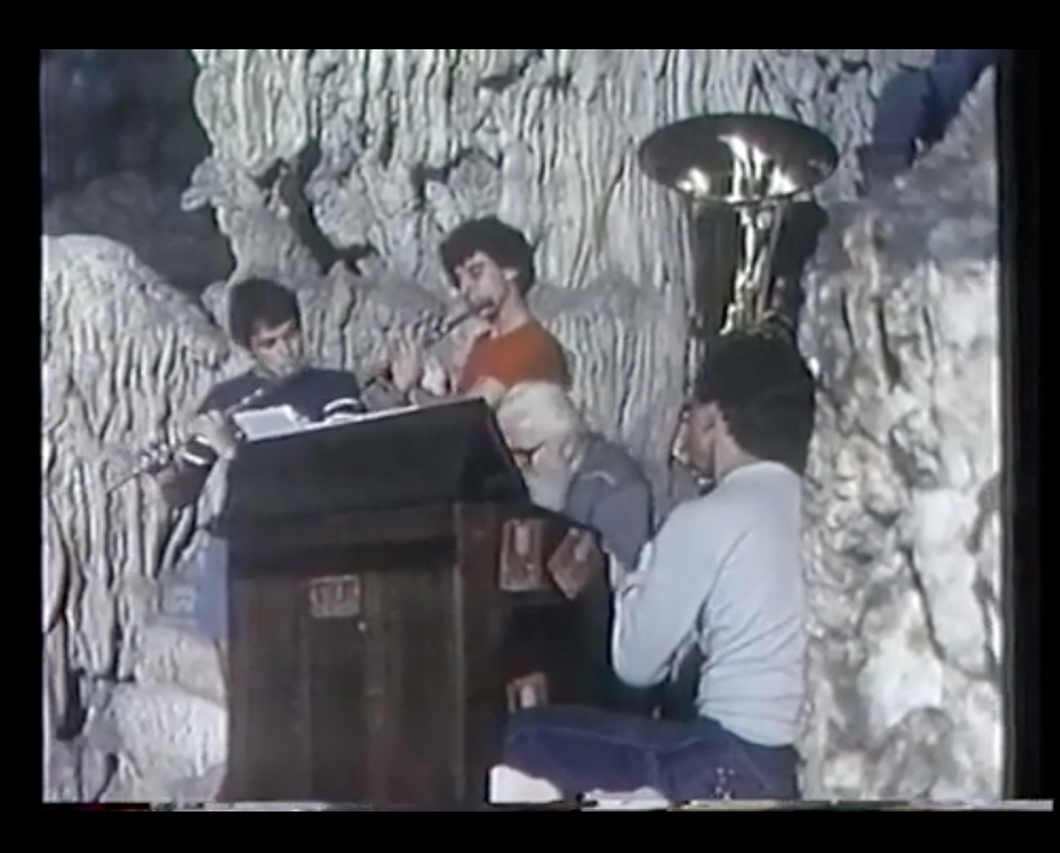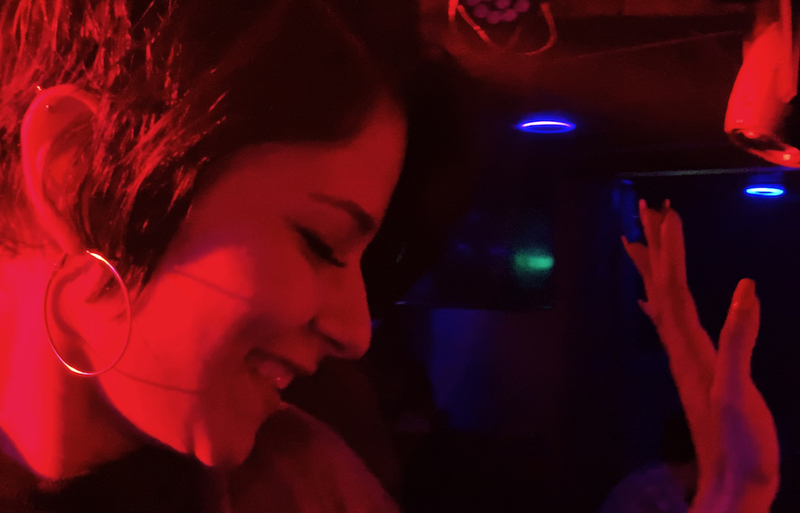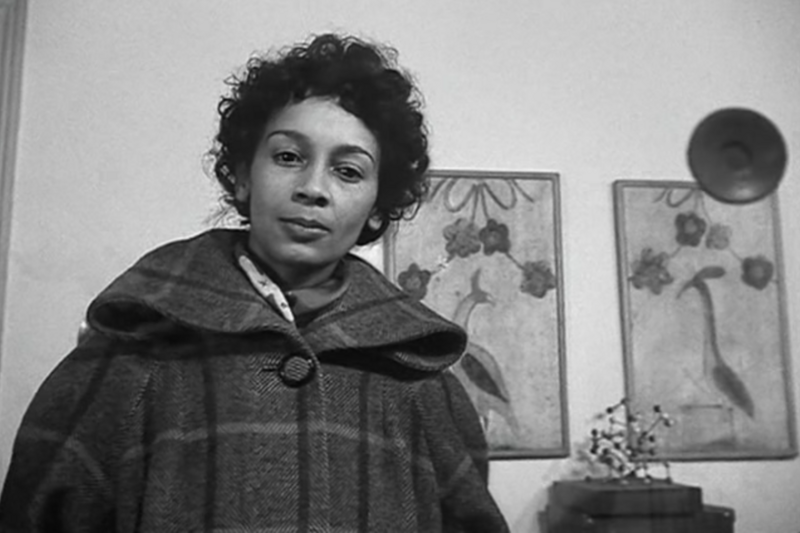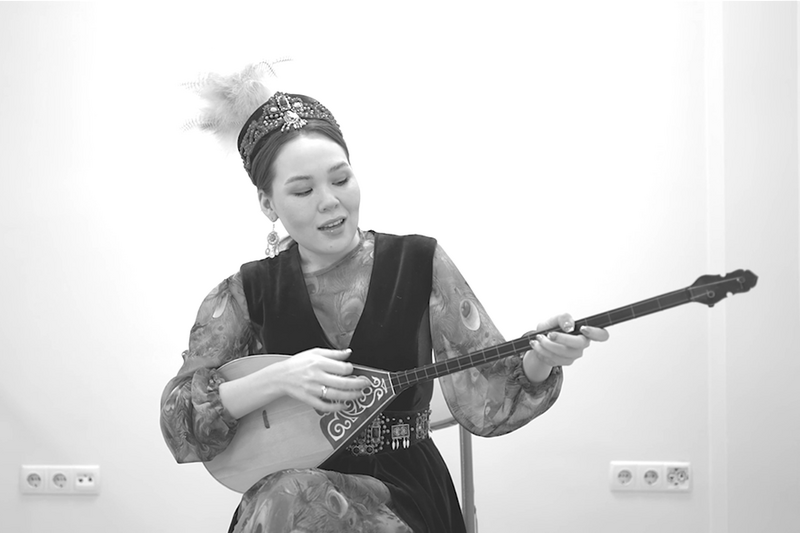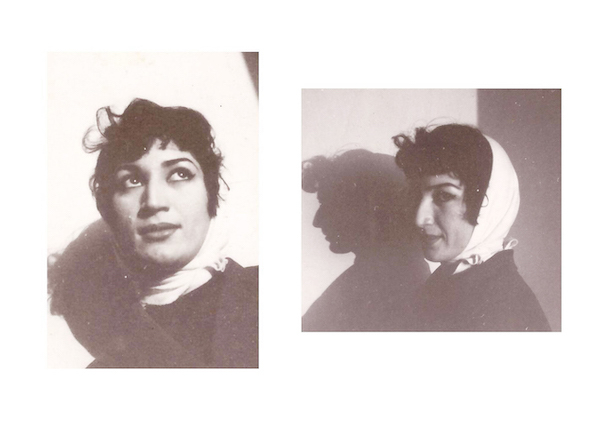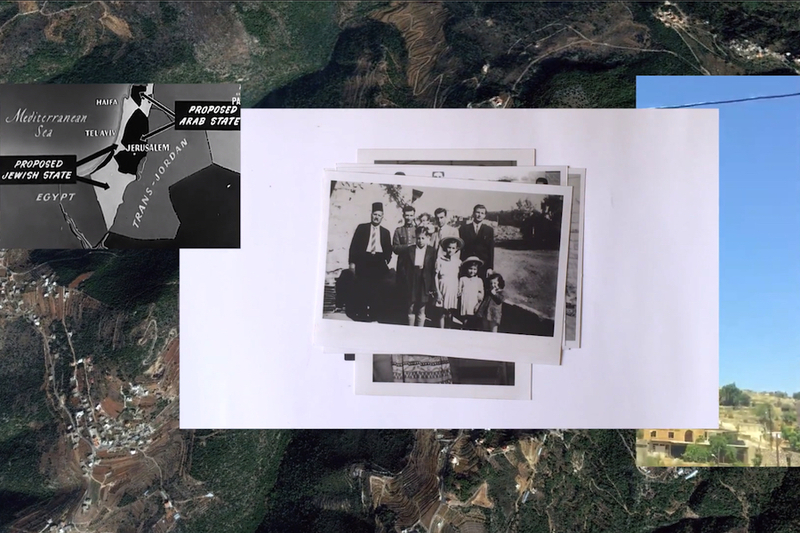This film, directed by Ricardo Lua and first released in 1985, exemplifies a non-hierarchical, ecological, and playful approach to music developed by Hermeto Pascoal—one of the most prominent multi-instrumentalists, composers, and experimenters in the Brazilian pop-music scene.
Hermeto Pascoal (born June 22, 1936) is a highly prominent and paradoxical figure within Brazilian popular music. Although he is an albino with considerable visual impairment, he claims that much of his music was inspired by visual images. While structuring his work around popular Brazilian styles like baião, frevo, and choro, he also incorporates aspects of contemporary art music and free jazz. His music draws on the sounds of nature, domestic objects, and human speech, integrating the familiar and rendering it exotic. His concept of atonality contrasts with mainstream views, as he believes that unconventional note sequences can sound natural.
Hermeto is also known for his rejection of modern electronic technologies such as samplers, synthesizers, and computers. He believes that the music industry uses these electronic effects to promote and maintain low-quality performers and reified music. He has also criticized the subordination of instrumentalists and arrangers by the omnipresent figure of the music producer and by synthesized and sampled soundtracks. In his musical collective Hermeto Pascoal e Grupo, he emphasized the importance of non-hierarchical communal music practices that mirrored the northeastern Brazilian tradition of family-based musical craftsmanship.
Sinfonia do Alto Ribeira (Bagre Cego), directed by Ricardo Lua and first released in 1985, beautifully exemplifies Hermeto's approach to music as playful yet respectful of the circumstances in which it is created and the people involved in its creation. To provide context to the screening, we are sharing an excerpt from the essay "Hermeto Pascoal, Universal Musician" written by Professor of Ethnomusicology Andy Connell (James Madison University, Virginia):
In May 1985, Hermeto was invited by two filmmakers, who were fans of his music, to compose a score for their film, Sinfonia do Alto Ribeira, a documentary made to draw attention to the plight of Parque Estadual do Alto da Ribeira (High Creek State Park), a park near the southern border of São Paulo state. The park represented some of the last wild remnants of the Atlantic rain forest in the south. As with the Amazon forest in northern Brazil, the park’s boundaries were under constant pressure from the steady encroachment of civilization. Hermeto loved the idea and, in his usual manner, decided to compose and perform all the music within the park itself.
Arriving home from a tour of Spain, Hermeto and the group headed for the forest. Hermeto describes the equipment that accompanied them:
We brought a church harmonium, bamboo and metal flutes, saxophones, accordions, two antique sewing machines, thirty tuned bottles of water, a ram's horn, six scythes, ten old saws, four hub caps, four automobile springs, whistles, pots and pans, shakers with clappers . . . the paraphernalia of a percussionist. I collected instruments that would make a great orchestra and, thanks to the energy of the place, the themes began to flow naturally. . . . I made it a challenge to not have any preconceived ideas before arriving in each place. (n.a., Manchete 1985:76)
The process was so remarkable that the filmmakers decided to make a parallel documentary featuring Hermeto and his band. Composing everything on the spot, the finished film contains some of the most remarkable sequences of environmental art ever recorded. In one segment, the group spent an entire day inside a cave experimenting with sound of the natural formations. “The endlessly dripping stalactites produced a thousand variations of sound,” Hermeto later said. “I asked Jovino to notate it because I couldn't stop playing. It was an indescribable thing, a vibration that came from inside” (ibid.). Márcio Bahia says that Hermeto chose each sound carefully, note by note, ever fearful of breaking a stalactite “because each piece you broke was more or less tens of thousands of years old” (Bahia interview 1999). In the film, Márcio himself is seen suspended from the ceiling in order to play one set of stalactites while Pernambuco hits a large stalagmite with his fist as if it were a large surdo drum. The rest of the musicians play on other natural cave formations, transforming the cavern into a giant marimba while Hermeto blasts away on a ram’s horn. He remarked later that “when I blew the ram's horn, it was frightening. Everyone was paralyzed as the sound echoed through the galleries” (n.a., Manchete 1985:76).
Another segment was filmed in a mill, using the repetitive sound of a manioc flour grinder as a rhythmic base over which he arranged an ensemble of harmonium, flutes, and tuba. The film’s centerpiece, however, was a segment filmed in a mountain pool. The entire band, dressed in bathing suits, blows on tuned bottles of water while Hermeto improvises on bamboo flute. As the music reaches a peak, Hermeto dives underwater, still playing. As he emerges, water runs out the end of the flute, producing two tones which glissando in opposite directions. In the end, as everyone improvises freely, clinking the bottles together, Hermeto is seen rubbing the flute, blowing in both ends while diving in and out of the water, as if, as one friend suggested, he was trying to get every possible drop of music out of the instrument. Jovino told me that much of what Hermeto composed never made it into the completed film because the crew could not keep up with the rate of Hermeto’s creativity, missing much of it as they set up their equipment. “Vale da Ribeira” (Ribeira Valley) for example, was composed one morning at dawn and eventually made its way into the band’s repertoire.
The full essay is available on the Far Out Recordings website.
Connell, Andrew. "Hermeto Pascoal, Universal Musician." Far Outreach Recordings, 2017.
Neto, Luiz Costa Lima. "The Experimental Music of Hermeto Paschoal e Grupo (1981-93): A Musical System in the Making." British Journal of Ethnomusicology 9, no. 1 (2000): 119-142.
n.a. 1985. “Nas Cavernas do Alto Ribeira, Hermeto Pascoal: O Bruxo Vai Fundo.” Manchete, May 25: 76-77.
